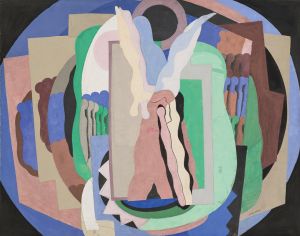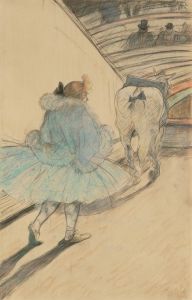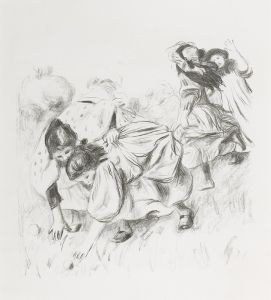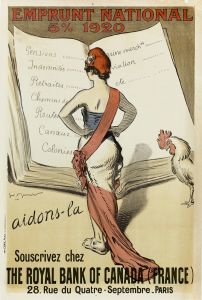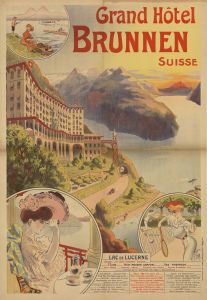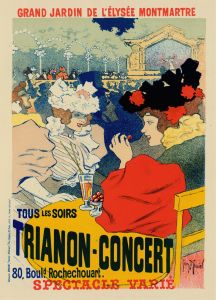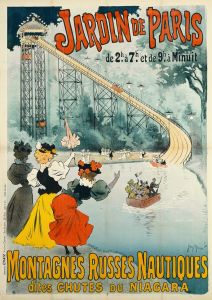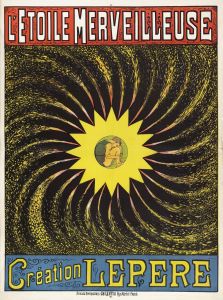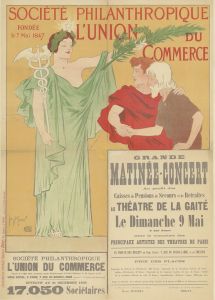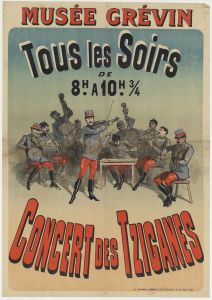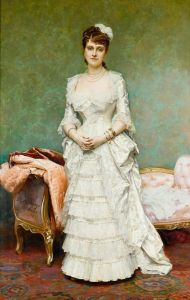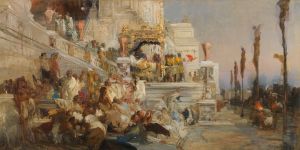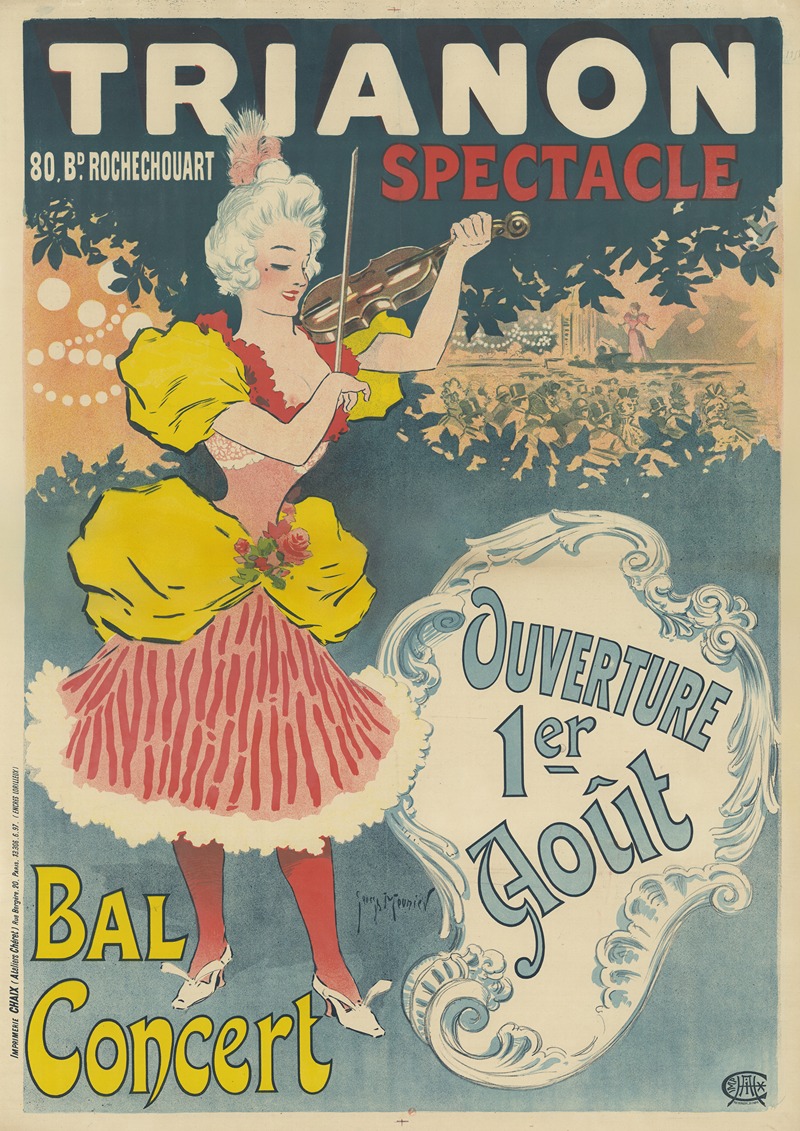
Trianon, 80 Bd Rochechouart. Spectacle. Bal. Concert
A hand-painted replica of Georges Meunier’s masterpiece Trianon, 80 Bd Rochechouart. Spectacle. Bal. Concert, meticulously crafted by professional artists to capture the true essence of the original. Each piece is created with museum-quality canvas and rare mineral pigments, carefully painted by experienced artists with delicate brushstrokes and rich, layered colors to perfectly recreate the texture of the original artwork. Unlike machine-printed reproductions, this hand-painted version brings the painting to life, infused with the artist’s emotions and skill in every stroke. Whether for personal collection or home decoration, it instantly elevates the artistic atmosphere of any space.
Georges Meunier was a French artist known for his contributions to the world of poster art during the late 19th and early 20th centuries. He was part of the vibrant Parisian art scene, which was characterized by a flourishing of visual arts, including the development of the poster as a significant form of artistic and commercial expression. Meunier's work is often associated with the Art Nouveau movement, which was popular during this period and known for its decorative style and emphasis on natural forms and structures.
One of Meunier's notable works is the poster titled "Trianon, 80 Bd Rochechouart. Spectacle. Bal. Concert." This piece was created to advertise events at the Trianon, a well-known entertainment venue located at 80 Boulevard Rochechouart in Paris. The Trianon was a popular location for a variety of performances, including spectacles, balls, and concerts, which were central to the social and cultural life of Paris at the time.
The poster itself is a vivid example of the artistic style that characterized the era. It likely features the elegant and flowing lines typical of Art Nouveau, combined with a vibrant color palette designed to capture the attention of passersby. The use of bold typography and dynamic composition would have been intended to convey the excitement and allure of the events held at the Trianon.
Georges Meunier, like many of his contemporaries, was influenced by the work of Jules Chéret, often considered the father of the modern poster. Chéret's innovative approach to lithography and his ability to blend art with advertising set the stage for artists like Meunier to explore the creative possibilities of the medium. Meunier's posters, including the one for the Trianon, reflect this influence through their emphasis on visual appeal and their role in the burgeoning field of commercial art.
The Trianon itself has a rich history as a cultural venue in Paris. Located in the Montmartre district, an area known for its artistic community and bohemian lifestyle, the Trianon has hosted a wide range of performances over the years. During the time when Meunier created his poster, the venue would have been a hub of entertainment, drawing crowds eager to experience the latest in music, dance, and theatrical performances.
Meunier's work, including the "Trianon" poster, is part of a broader tradition of poster art that played a crucial role in the visual culture of the time. Posters were not only a means of advertising but also a way to bring art into the public sphere, making it accessible to a wider audience. This democratization of art was a significant aspect of the cultural landscape in Paris and other major cities during the late 19th and early 20th centuries.
In summary, Georges Meunier's "Trianon, 80 Bd Rochechouart. Spectacle. Bal. Concert" is a representative example of the vibrant poster art scene in Paris during the Art Nouveau period. It reflects the artistic trends of the time and serves as a historical document of the cultural life centered around venues like the Trianon. Through his work, Meunier contributed to the legacy of poster art as both a commercial and artistic endeavor, capturing the spirit of an era defined by its creativity and innovation.





